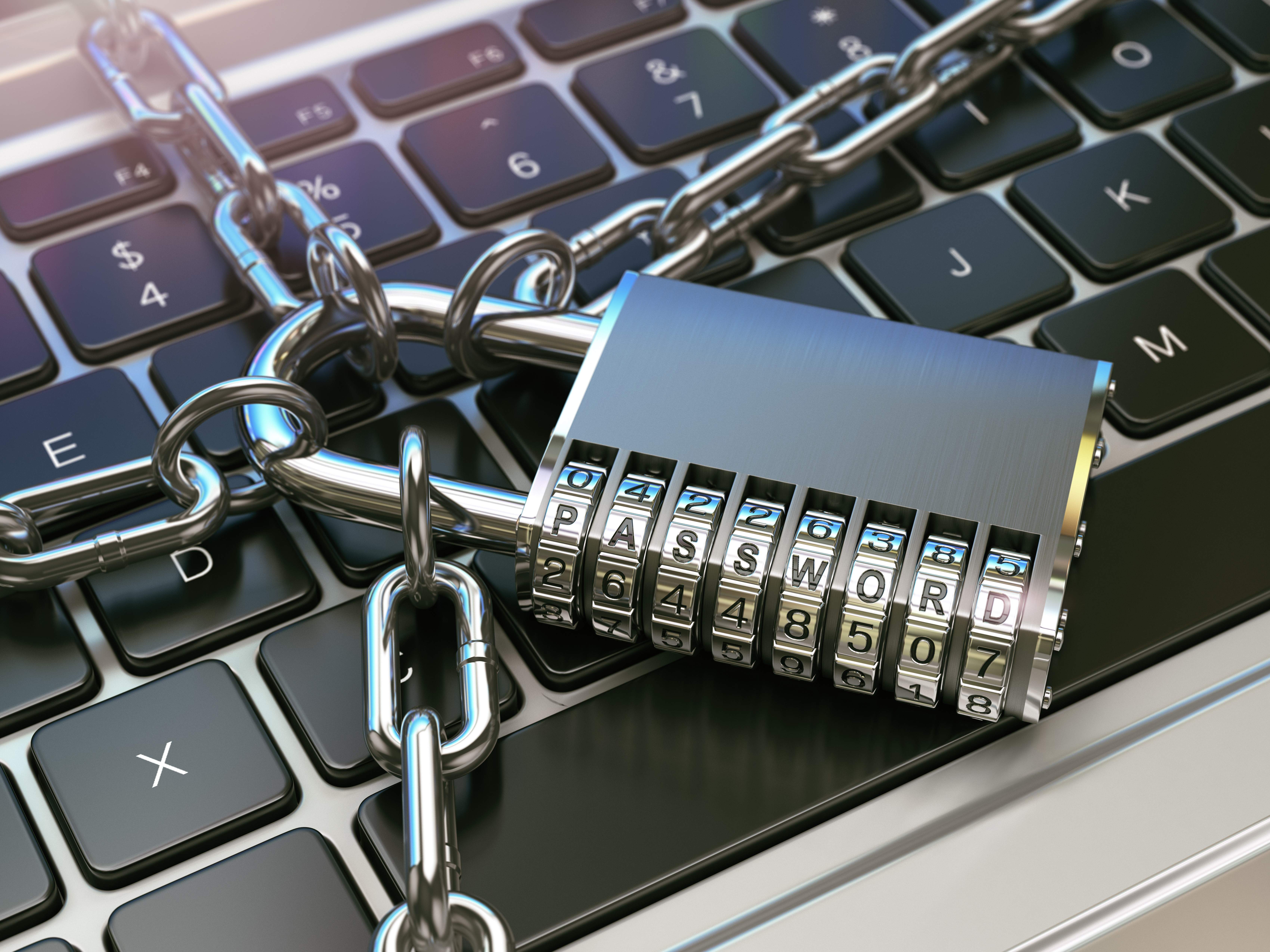Internet security: Email safe practices
According to a report from Kaspersky in March 2019, their anti-phishing system prevented 482 million attempts to visit fraudulent webpages in 2018 a twofold increase from 2017.
Cybercrime is on the rise. In light of these alarming stats, it is of crucial importance that internet users are careful in their internet activity and take all the necessary precautions to ensure that they do not become victims of cybercrime.
We have complied some precautionary steps 1-grid email users can take to further secure their email service.
Use separate email accounts
If one email account gets hacked, this should not automatically compromise all aspects of your online presence e.g. your banking information, social networking accounts, website registrations etc.
Create a unique strong password
For each of your email accounts create a unique strong password, if someone were to break into your account, and see all your account registrations, they will test the compromised password against all the accounts which may lead to further hacks if you are re-using a password.
A few guidelines for coming up with a strong password:
- Do not use sequential numbers or letters, e.g. 1234, abcde, qwerty
- Do not include your personal information, e.g. your name, date of birth
- The password must be long, if possible an average of 15 characters
- Use a mix of characters, lower and upper case letters, numbers, symbols
Beware of phishing scams
Never give away your personal information including passwords. Users may be tricked into submitting their usernames and passwords to certain pages so that their service continues to run as normal, we will never request for users to do this. Some phishing scams are more advanced and can clone a high profile website with only slight variants to the domain name, then state then provide pages to submit personal information, such as username and passwords as well as credit cards. Each time you are asked for your personal information, alarm bells must go off, and verification checks must be completed before submitting the details.
Email links
Never click on links in emails if you are not expecting a link. Even Spam mails attempting to sell you a product may redirect to malicious websites or trigger downloads of malware and viruses to your computer. If you receive an email from your bank, or bill payments visit the website manually, do not do the easy thing to click on the link provided, if the email has been sent by an attacker, you may be redirected to a bogus website which looks much the same as the real website.
Spam mail
Do not open attachments sent in SPAM mail even if the attachment looks innocent, e.g. a jpeg file. Filenames can be spoofed, for all you know you could be downloading an .exe file which will execute as soon as it has downloaded.
Ensure that all your devices have anti-virus
It is important that all your devices have anti-virus installed and it is up to date, and it is good practice to scan your mail as it is received or sent, you can never be too careful.
Avoid using public WiFi to check your mail
While it may be convenient to use free WiFi, this can be extremely insecure. There are programs called network sniffers that can run in the background from hacker’s device which can monitor network traffic. This data can be analyzed for information such as usernames and passwords.
Use business email addresses only
Where possible use business email addresses only for sensitive information, such invoices and proof of payment, with spoofed email attacks, you can receive an email from a private email address with a legitimate sender’s name tricking you into providing sensitive business information such as bank details.

